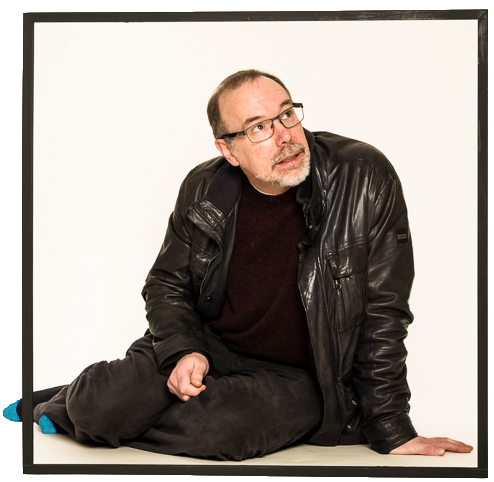Accident
I didn’t hear the crash, or the scream. I was in bed, drinking my second mug of tea while Radio One described the problems people were having buying Glastonbury tickets. The festival web-site wasn’t working and the phones were constantly engaged. Then Sue yelled my name in a terrible, scared voice. I pulled on my dressing gown as I hurried downstairs. Sue was outside with two people. At first I thought they were our next door neighbours, who have a car that colour. As I got to the door, however, I saw that the front of the car at the end of our short drive was wrapped around the tree just to the right of our house.
The young woman was sitting in the driver’s seat, facing out, with the door open. She’d been trying to walk but Sue had stopped her. Now she said she was alright but her nose was bleeding profusely. As I stood over her, her eye began to bleed too. Blood sprinkled the pavement. I went back in and called an ambulance. Meanwhile, a van driver who had stopped called her work, which was just up the road.
The front of the car was completely smashed in. A headlight lay on the road. We live on a steep hill, and the driver had been going up it. She must have been going at a fair lick to cause that much damage, but could remember nothing of what had happened. I made the 999 call, then pulled on some clothes that didn’t match and returned outside, with an old jacket, because emergency services had told me not to move her, but to keep her warm. One of the young woman’s coworkers was already there as a result of the van driver’s call.
Less than a minute after I returned outside, a paramedic arrived and began to look after her. The driver had a really bad black eye coming up and she was getting chest pains. The paramedic asked if she’d been wearing a seat belt. She had. Two minutes later, the ambulance arrived. The ambulance crew treated her inside the ambulance for several minutes before taking her to the Queen’s Medical Centre. They returned my jacket and made sure the key was in the car so that the police could move it later. The speed and professionalism with which all this happened was very reassuring.
Fifteen minutes later, I was having my breakfast when the police officer showed up. He took a brief statement from Sue and asked me if I’d seen any signs of alcohol or drugs. I hadn’t. Then he explained that it would take ages for the car to be moved, so he’d try to back it down the hill so it wasn’t blocking our car in the drive. This wasn’t as easy as it sounded because the car was locked in gear and, when we pushed it back a bit, the spare tyre dropped from beneath the chassis, wedging itself between the chassis and the cobbles so that the car was impossible to move. Sue went down to our cellar and came back with a dusty jack. Between us, the officer and I managed to raise the car enough for me to reach beneath and remove the tyre. Then I got in, put my foot on the clutch and took off the handbrake. The steering wheel still worked. I was able to straighten the car up as it slid down the road. I stopped it just ahead of the lime tree lower down. Less than forty minutes had passed since the crash. For the first time, I looked at the lime tree the car had gone into. It was scraped in a couple of places, but you’d hardly notice the damage. There was a bit of bark on the bumper of the crashed car.
‘A tree’s the worst thing to hit,’ the officer said. ‘They don’t give. I’ve seen cars wrapped round trees a quarter the size of that one. Everyone in the car’s been killed, but there’s been no damage to the tree at all.’
That night, the driver’s mother came to organise the wrecked vehicle being towed away. The driver was about to be operated on for a compound fracture of the wrist. Apart from the fracture, and the damage to her face, she was fine. All she remembered about the crash was seeing stars just before she must have fainted at the wheel. The seat belt saved her life.
